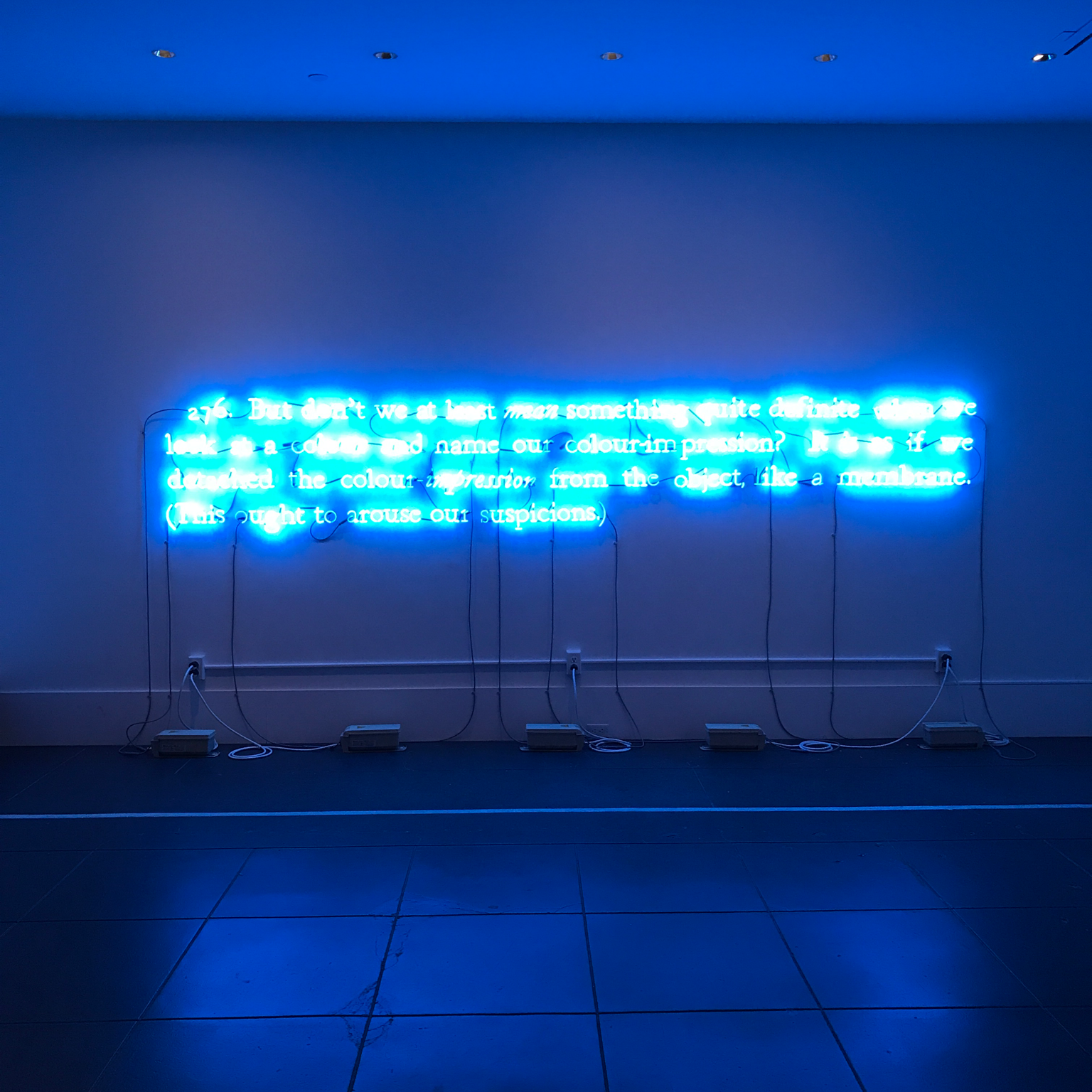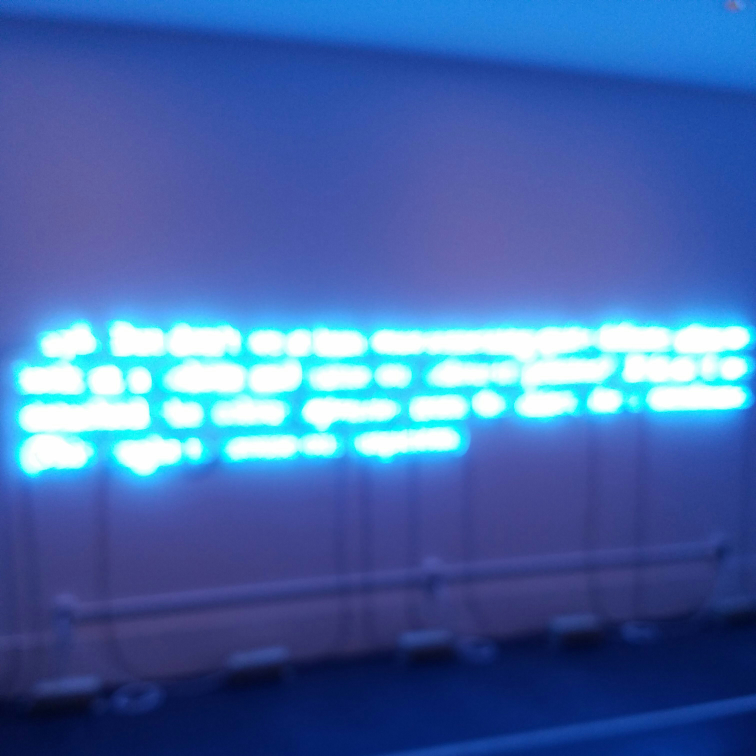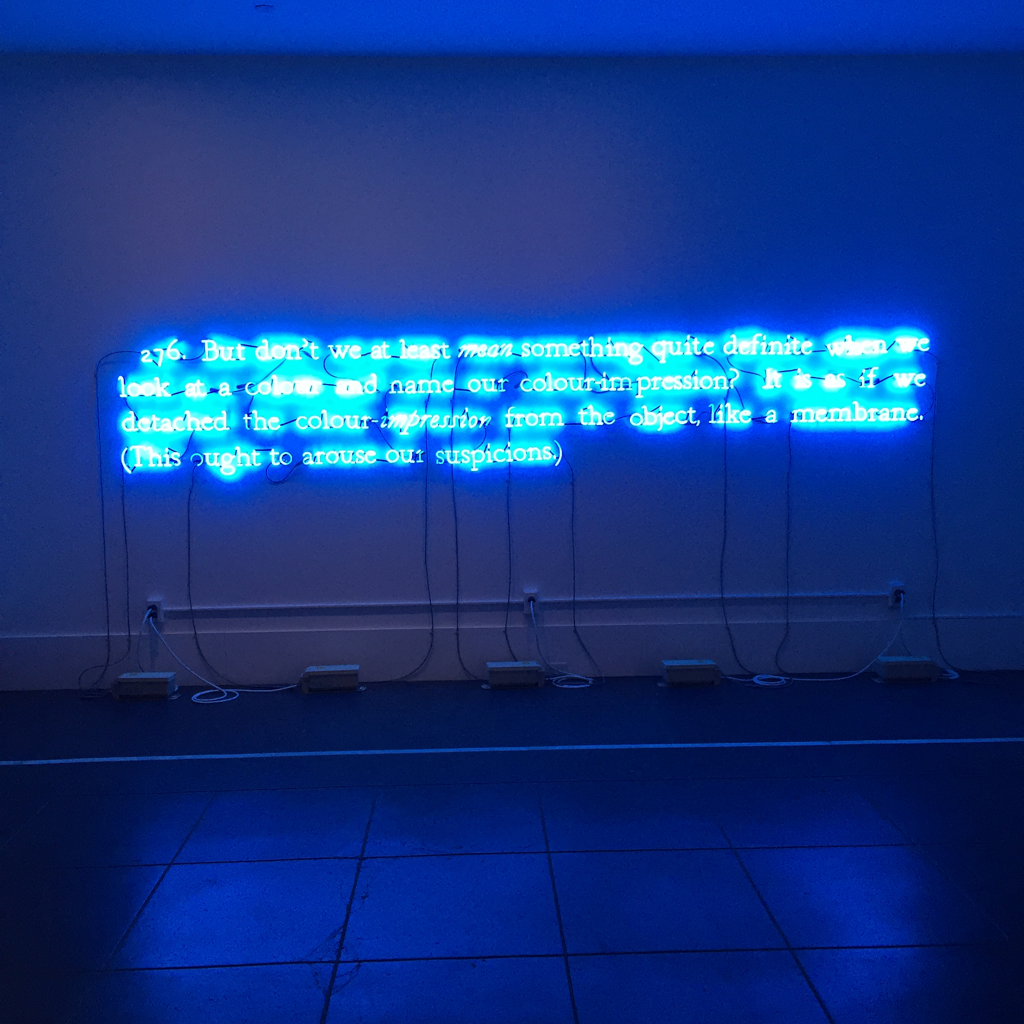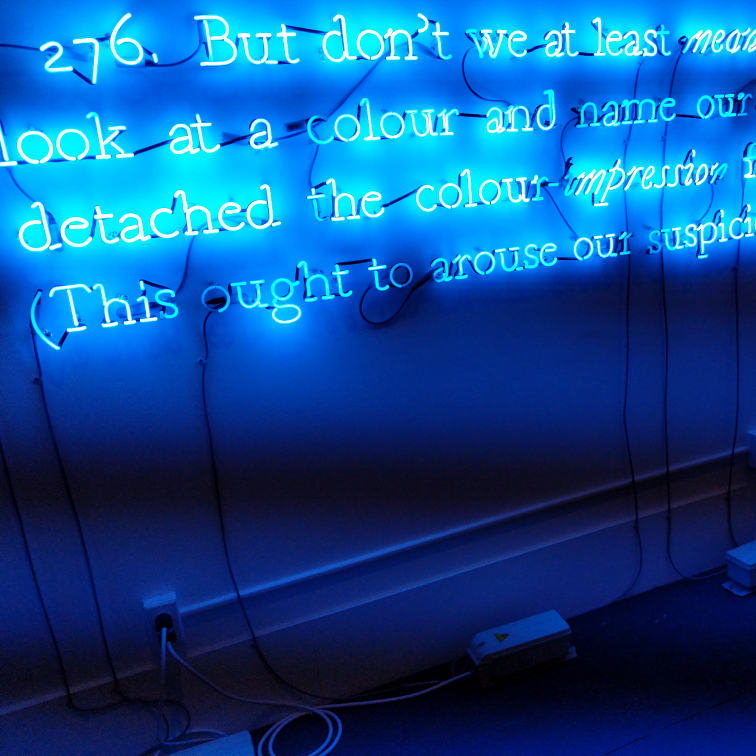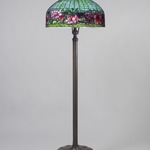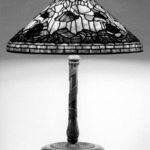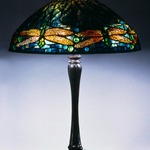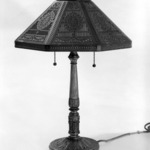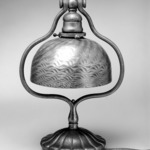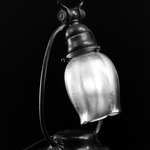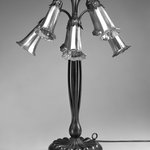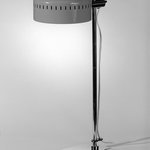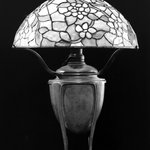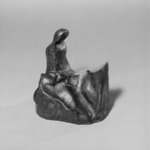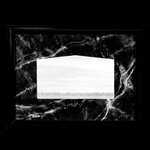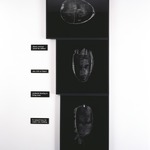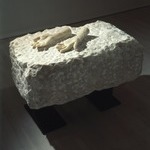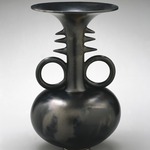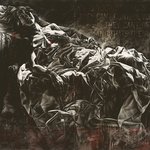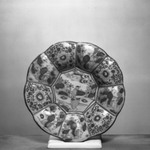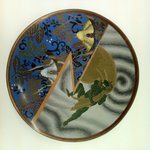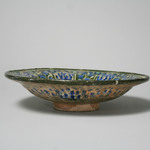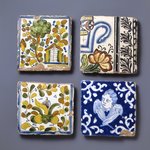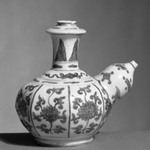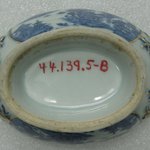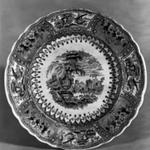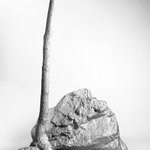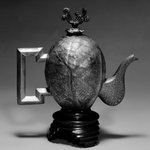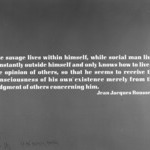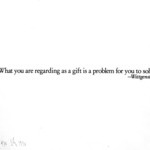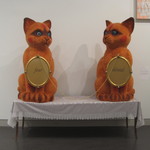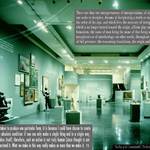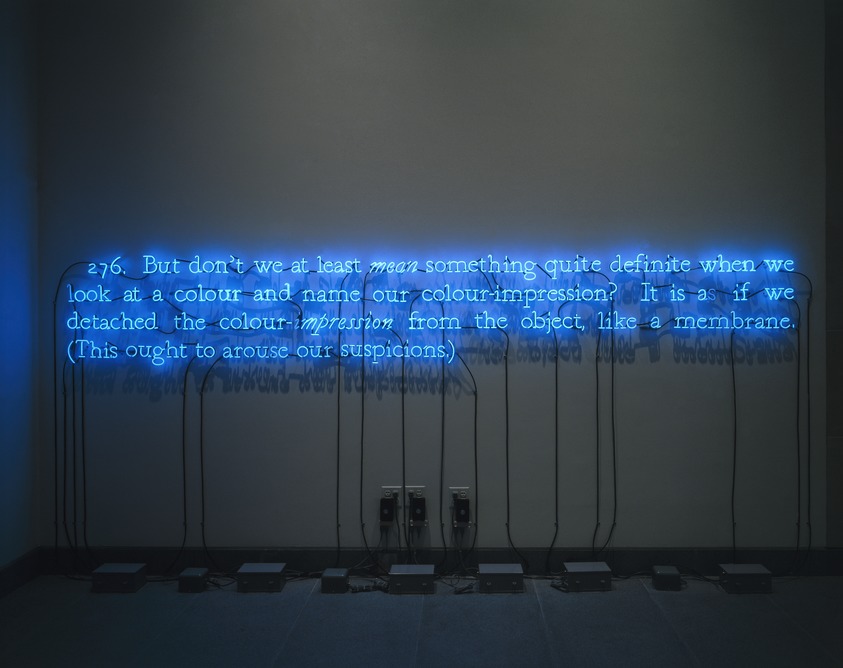
This image is presented as a "thumbnail" because it is protected by copyright. The Brooklyn Museum respects the rights of artists who retain the copyright to their work.
276. (On Color Blue)
Joseph Kosuth
Contemporary Art
On View:
Conceptual artist Joseph Kosuth reproduces a quotation from Austrian-born Ludwig Wittgenstein’s Philosophical Investigations, published in 1953. That volume, composed of 693 numbered paragraphs, examines the topic of language and its ability to create meaning. Wittgenstein’s text questions our perception of blueness; Kosuth responds in a sense by representing that text in glowing blue neon, as part of his own ongoing investigation into the elusive relationship between words, things, and their visual representation.
MEDIUM
Neon tubing, transformer, and electrical wires
DATES
1990
DIMENSIONS
30 x 162 in. (76.2 x 411.48 cm) (show scale)



SIGNATURE
Unsigned
COLLECTIONS
Contemporary Art
ACCESSION NUMBER
1992.215
CREDIT LINE
Mary Smith Dorward Fund
EXHIBITIONS
MUSEUM LOCATION
This item is not on view
CAPTION
Joseph Kosuth (American, born 1945). 276. (On Color Blue), 1990. Neon tubing, transformer, and electrical wires, 30 x 162 in. (76.2 x 411.48 cm). Brooklyn Museum, Mary Smith Dorward Fund, 1992.215. © artist or artist's estate (Photo: Brooklyn Museum, 1992.215_SL1.jpg)
IMAGE
overall, 1992.215_SL1.jpg. Brooklyn Museum photograph
"CUR" at the beginning of an image file name means that the image was created by a curatorial staff member. These study images may be digital point-and-shoot photographs, when we don\'t yet have high-quality studio photography, or they may be scans of older negatives, slides, or photographic prints, providing historical documentation of the object.
RIGHTS STATEMENT
© artist or artist's estate
Copyright for this work may be controlled by the artist, the artist's estate, or other rights holders. A more detailed analysis of its rights history may, however, place it in the public domain.
The Museum does not warrant that the use of this work will not infringe on the rights of third parties. It is your responsibility to determine and satisfy copyright or other use restrictions before copying, transmitting, or making other use of protected items beyond that allowed by "fair use," as such term is understood under the United States Copyright Act.
For further information about copyright, we recommend resources at the United States Library of Congress, Cornell University, Copyright and Cultural Institutions: Guidelines for U.S. Libraries, Archives, and Museums, and Copyright Watch.
For more information about the Museum's rights project, including how rights types are assigned, please see our blog posts on copyright.
If you have any information regarding this work and rights to it, please contact copyright@brooklynmuseum.org.
RECORD COMPLETENESS
Not every record you will find here is complete. More information is available for some works than for others, and some entries have been updated more recently. Records are frequently reviewed and revised, and we welcome any additional information you might have.



